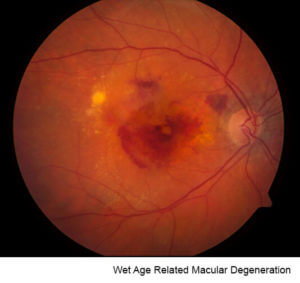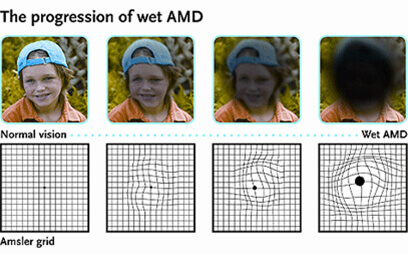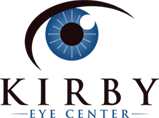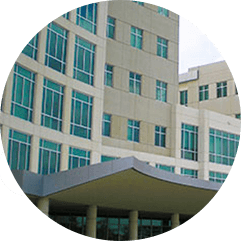Macular Degeneration
Age Related Macular Degeneration
ARMD (Age Related Macular Degeneration) is a gradually progressive disease due to a degeneration of the central retina (macula) area. This is the area of the retina that is responsible for the most useful part of your vision. There is no exact cause of this disease. It generally affects the age group of 50 persons and older. If you are developing macular degeneration, the first change you may notice is distortion of objects, especially noted when reading, or a decrease in your central vision. A person may notice that straight lines are wavy, or they may notice white patches in the center of their vision or a changes in color perception.


There are two types of ARMD. The most common is the “DRY” type and the most severe is the “WET” type. Wet ARMD is where new blood vessels grow into the layers underneath the retina They may bleed and/or form scar tissue resulting in profound loss of central vision. Early detection is the key. Currently, there are new and exciting treatments available for those patients with wet ARMD. These have been shown to preserve useful vision in a significant percentage of patients with wet ARMD. Anyone over the age of 50, especially if they have a family history of macular degeneration, should have annual dilated eye exams with their ophthalmologist. There is no cure for ARMD but there are recommended methods to slow down progression.
These include:
- Regular daily exercise
- Eat lots of green leafy vegetables
- NO smoking
- Ultraviolet or UV protection outdoors
- Vitamin supplements, specifically those which include the AREDS2 formation of supplements








